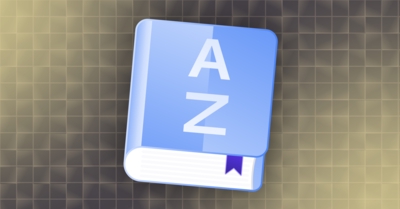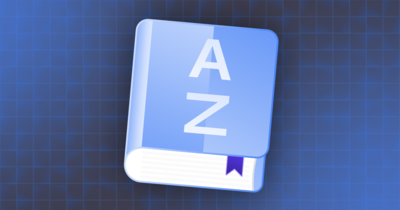What is SAML?
SAML stands for “Security Assertion Markup Language” which is a standard protocol used for exchanging authentication and authorization data between parties, typically a service provider (SP) and an identity provider (IdP) such as Okta or Microsoft Entra. SAML is used to enable single sign-on (SSO) and simplify user access to multiple applications and services within an organization. SAML assertions contain information about the authenticated user and their authorization level, which is passed between the IdP and SP to grant access to the requested resources.
In practice, SAML is all about proving that a user is who they say they are. When a user logs into their identity provider of choice, that IdP uses SAML to authenticate them and then pass that trusted identity information to applications like AWS, GitHub, or any other tool connected through the IdP.
Think of SAML as the “lock” that verifies identity and securely opens the door to the applications a user is authorized to access.
What is SCIM?
SCIM stands for “System for Cross-domain Identity Management” which is an open standard protocol that enables the automation of user management tasks across different systems and domains. This protocol is designed to make it easier for organizations to manage user identities and access rights across a wide range of applications, platforms, and services. By using SCIM protocols, organizations can automate the granting and revoking of user permissions, synchronize user data between systems, and streamline identity management processes.
One helpful way to think about the difference is through a real workflow: SAML can authenticate a user to an application, but if that user’s account was never provisioned in the app, they still won’t get in. SCIM handles that provisioning step behind the scenes so that authentication via SAML can succeed.
SAML vs SCIM: What are the Differences?
SAML and SCIM are both protocols used in the field of identity and access management (IAM), but they serve different purposes.
SAML is primarily used for authentication and authorization while SCIM is a protocol used for automating user provisioning and deprovisioning across different systems and domains. With SAML, users can authenticate once with an identity provider and then gain access to multiple applications and services without having to enter their credentials again. On the other hand, with SCIM, when a user is added, modified, or removed from one system, that information is automatically synchronized with other systems that require that user’s identity information.
To summarize, SAML is used for user authentication and authorization, while SCIM is used for automating user provisioning and deprovisioning.
Why are SAML and SCIM important?
SAML and SCIM are both important protocols in the field of identity and access management because they help organizations to manage user identities and access rights more efficiently and securely.
SAML enables single sign-on (SSO) and simplifies user access to multiple applications and services within an organization. With SSO, users only need to enter their credentials once to access multiple systems and applications, which makes it easier for them to do their work and reduces the risk of password fatigue or reuse. SAML also helps organizations to enforce consistent authentication and authorization policies across different systems and platforms, which improves cybersecurity and compliance.
SCIM, on the other hand, helps organizations to automate the process of provisioning and deprovisioning user accounts across different systems and domains. This is a crucial aspect of security because as new users join, employees move within, or leave an organization, their access to various systems and applications needs to be adjusted accordingly. Manual provisioning and deprovisioning processes can be time-consuming, error-prone, and create security risks if not done properly. SCIM helps to streamline these processes, improve accuracy, and reduce the risk of unauthorized access.
SAML and SCIM are important because they help organizations to manage user identities and access rights in a more efficient, consistent, and secure manner. Together, the two protocols reduce friction for both users and IT teams. SAML eliminates repeated logins, while SCIM ensures users always have the correct accounts and permissions based on their group membership and role changes.
This combination results in a more secure, automated, and predictable access experience across an organization.
Summary
SAML and SCIM are both best practice security protocols with varying use cases that help to ensure the safety of users themselves and the systems that contain the most sensitive information. SAML focuses on authentication for user access, while SCIM helps to automate the provisioning and deprovisioning process across all of the different applications and systems within the organization. Both SAML AND SCIM are important access controls that help to improve the safety of users and resources, and when implemented benefit the company’s overall security posture and enhance user experience.
In essence, SAML answers the question “Are you really you?” while SCIM answers “Should you have access to this system?” When used together, they provide a seamless, secure identity flow that supports both strong authentication and automated lifecycle management.



